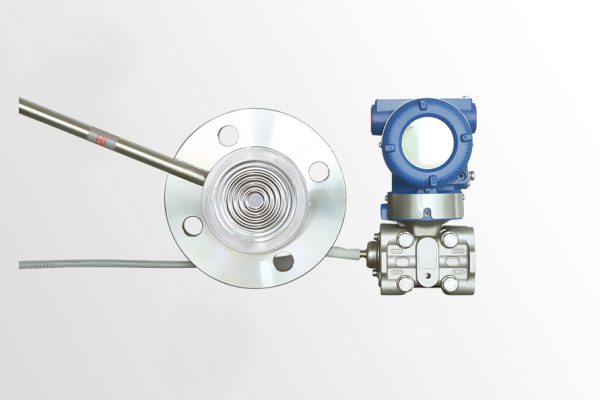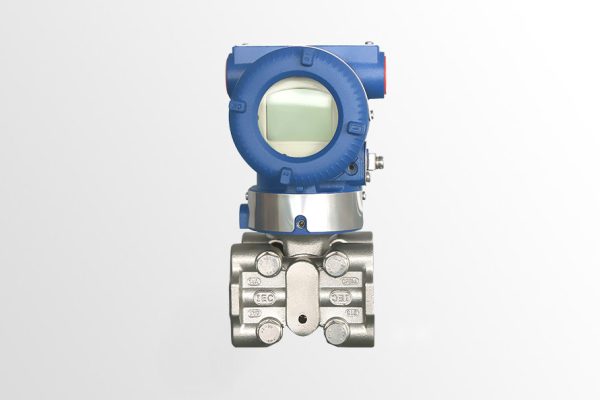A pressure transmitter is a sensor used to measure the pressure of liquids or gases. Its main function is to convert the measured pressure signal into a standard electrical signal (such as 4-20mA DC) for use by the controller or display. In this way, users can intuitively understand the changes in pressure through these electrical signals. In addition, pressure transmitters also have the following characteristics and applications:
1. Pressure measurement: Pressure transmitters can accurately measure the pressure of gases or liquids, which is to monitor pressure changes in fluid pipelines, containers, or systems, ensuring the stability and safety of operation.
2. Control function: It can be integrated with the control system to monitor pressure in real-time and automatically adjust valves, pumps, or other equipment to maintain specific pressure levels or control flow.
3. Alarm function: When the pressure exceeds the set safety range, the pressure transmitter can trigger an alarm or emergency stop to protect the safety of equipment and personnel.
4. Data recording and analysis: Pressure transmitters are also used to record pressure data for subsequent analysis and evaluation of system performance or for quality control and compliance monitoring.
5. Remote monitoring: In some applications, pressure transmitters can be integrated with other remote monitoring systems to achieve remote monitoring and operation of pressure equipment.
6. Other uses: Pressure transmitters can also be used for flow measurement, liquid level measurement, and customized according to actual working conditions to adapt to different media and installation environments.
Pressure transmitters are widely used in industrial production, especially in the fields of petrochemicals, electricity, pharmaceuticals, food, etc., playing an important role in improving production efficiency and product quality.
Customized Service
Exquisite logo printing to enhance your brand visibility, differentiation and customization








